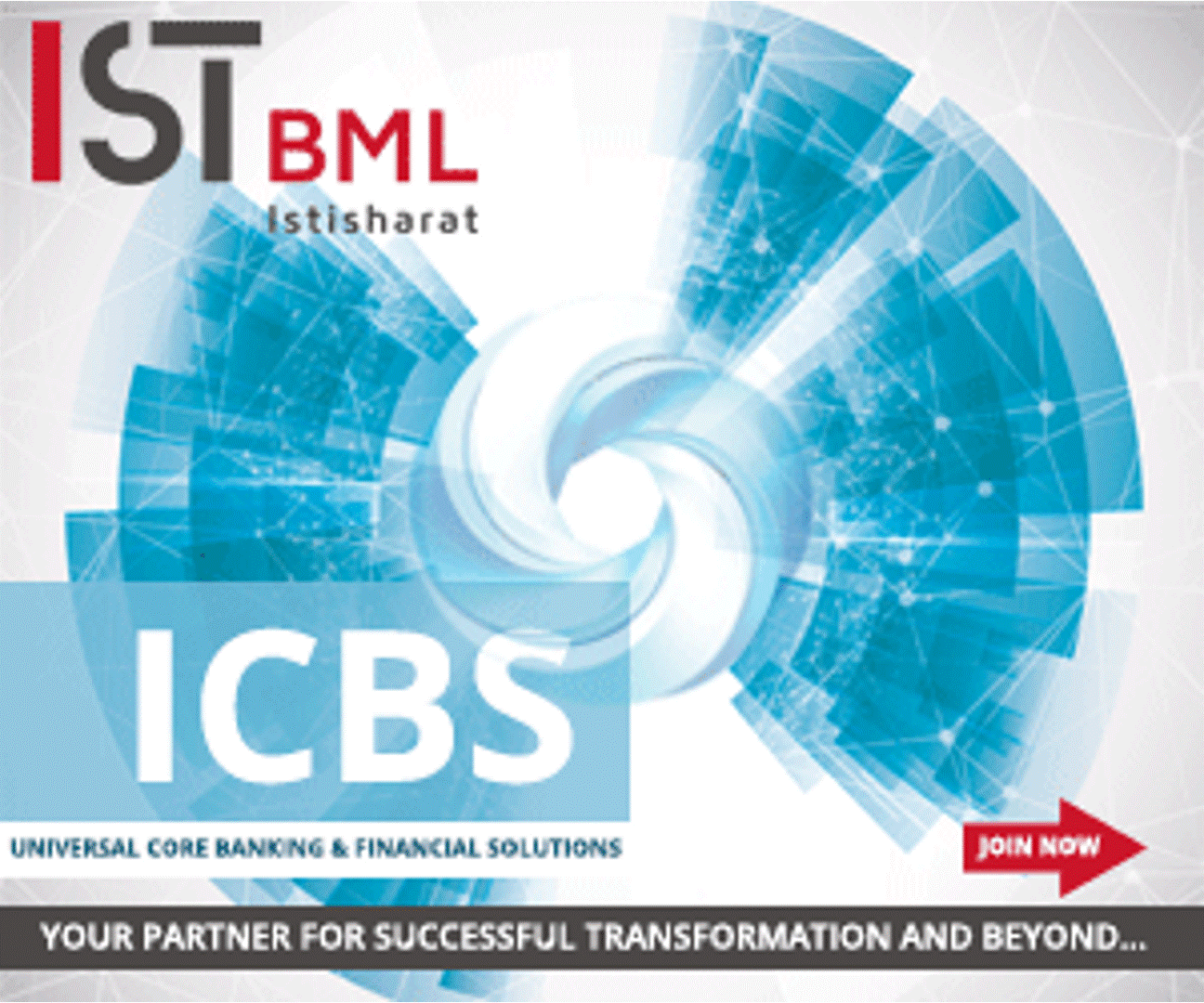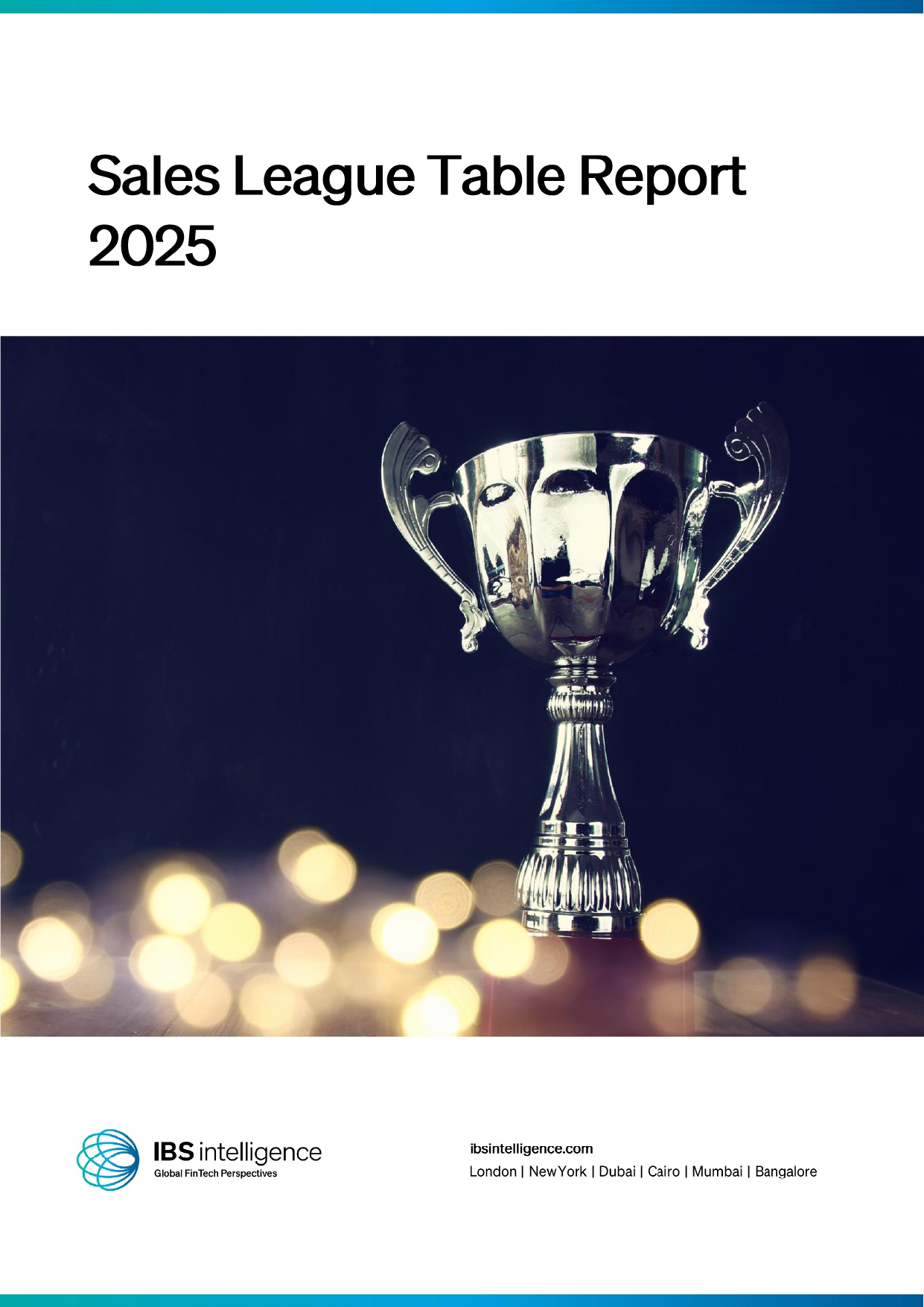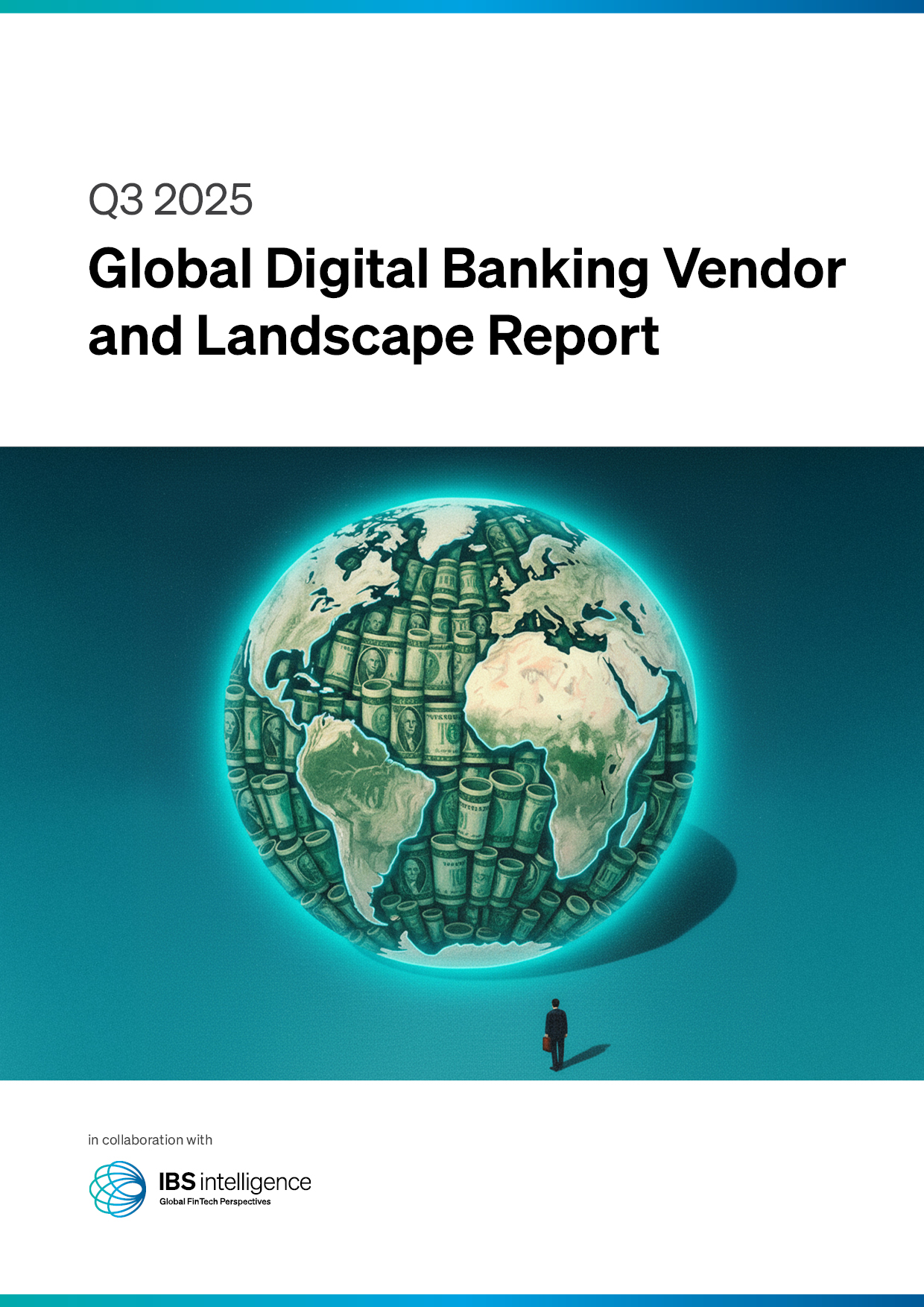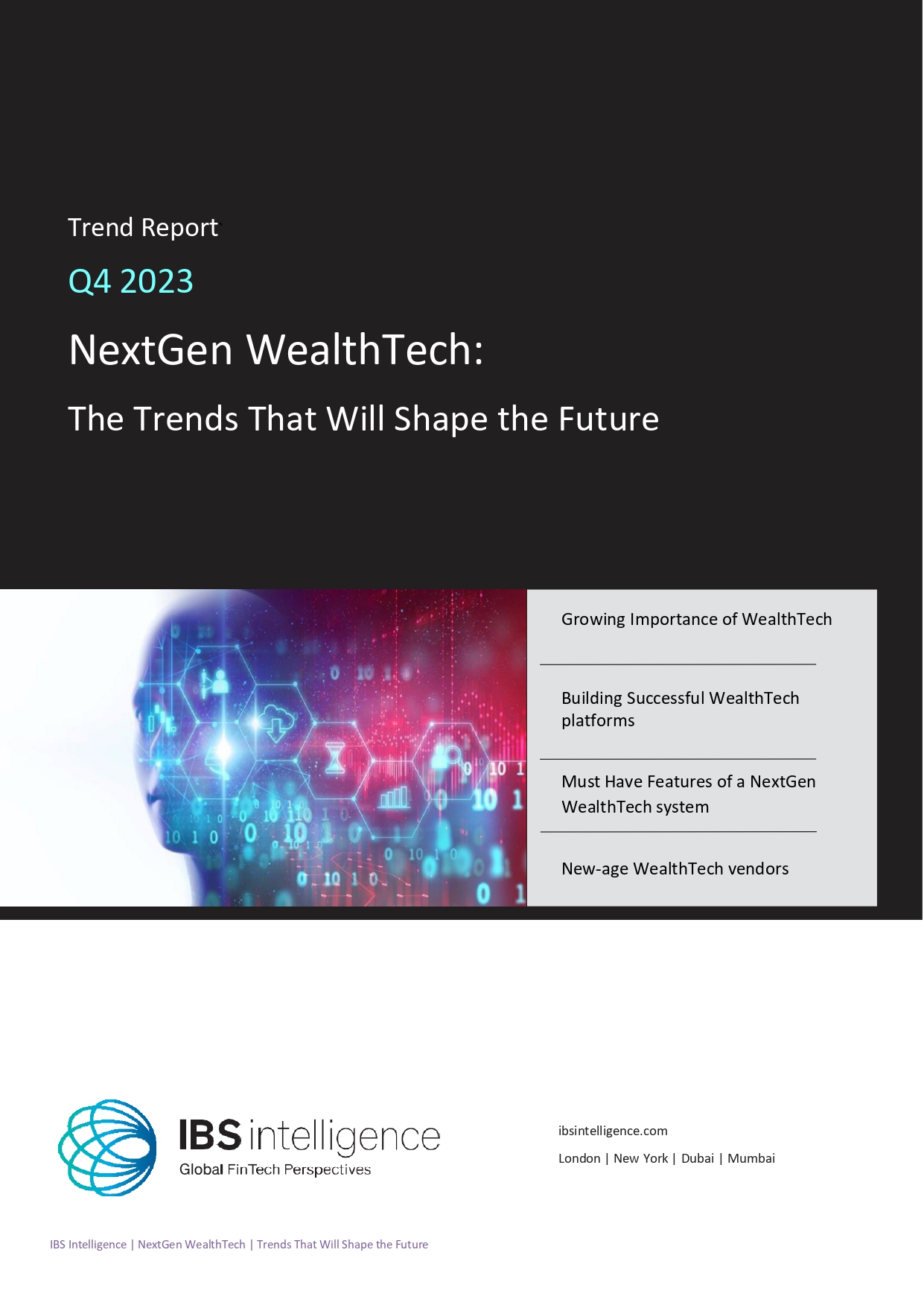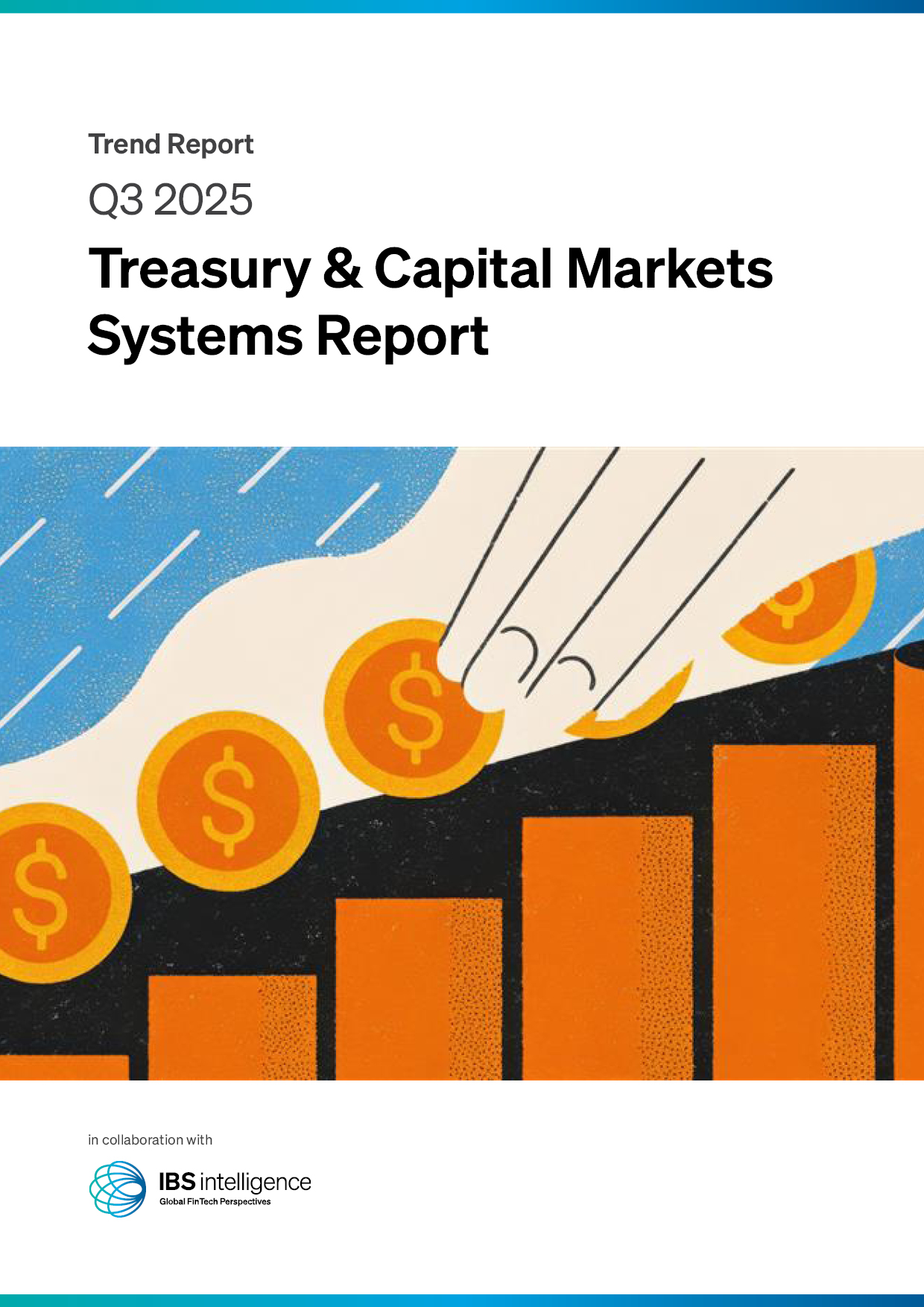 Back
Back
In which ways does AI/ML affect neobanking?
By Puja Sharma
The global market for Neo banking is expected to grow from $45 billion in 2021 to US$ 67 billion by 2022. During the assessment period 2022-2032, the market is expected to register a CAGR of 44.15 %, accumulating a market value of $2,595 billion, according to the report by FactMr.
Neo banks are in high demand due to their convenience and contactless feature. Artificial intelligence (AI) and machine learning are also driving the demand for it.
Influence of AI
In addition to smartphone penetration, a good internet connection is spurring an increase in technology dependency. There has been a rise in people depending on Neo banks as a result. The lack of a physical branch makes Neo banks ideal for getting transactions done quickly and skipping queues.
A key factor contributing to the early adoption of Neobanks is their ease of use through a variety of devices, particularly smartphones. Neo banks are also focusing on Machine Learning and Artificial Intelligence.
Customers, therefore, will be able to access their services 24 hours a day, 7 days a week, no matter where they are. Another key reason for the increasing use of Neo banks is the partnerships and collaborations between Neo banks with traditional banks. This has helped customers to gain confidence to use it.
A boon or a curse
As a result of the COVID-19 pandemic, various countries across the globe placed restrictions on travel. Business transactions got stuck due to no physical contact, and bank transactions got stalled. Neo banks were thus in high demand during the pandemic. Further, small and medium-sized businesses are showing an increasing inclination to use Neo banks since they help keep track of transactions.
With digitally led Neo banks, work is easier because it is paperless. The hassle of creating an account by waiting for a longer period is eliminated with Neo banks since there are no physical branches. Furthermore, Neo banks’ contactless technology contributed to people staying safe at home since it did not affect their incomes. The growing income scale along with the preference for smartphones to simplify life has also made Neo banks popular.
Geographical influence
It has been Europe that has adapted technological innovations and changed bank systems most quickly. Several companies in the United Kingdom, as well as Germany, provide complete contactless platforms because neo banking services are accessible 24*7, and consumers have become more interested in using them.
Moreover, existing banks are collaborating with neo-banking platforms to provide consumers with convenient and easy services. As a result, the EU market share for neo banking will exceed 30%.
Despite the EU leading the market share, a report noted that India’s public digital infrastructure, especially UPI has successfully demonstrated how to challenge established incumbents. As pointed out in the opening section, UPI transactions measured have surpassed ₹4 trillion in value. Aadhaar authentications have passed 55 trillion. Finally, India is at the cusp of operationalizing its Open banking framework. These indices demonstrate India has the technology stack to fully facilitate DBs. Creating a blueprint for digital banking regulatory framework & policy offers India the opportunity to cement her position as the global leader in Fintech at the same time as solving the several public policy challenges she faces.
IBSi FinTech Journal
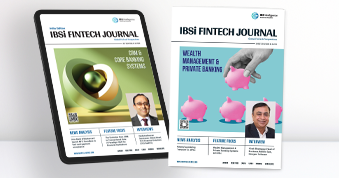
- Most trusted FinTech journal since 1991
- Digital monthly issue
- 60+ pages of research, analysis, interviews, opinions, and rankings
- Global coverage
Other Related News
Today


